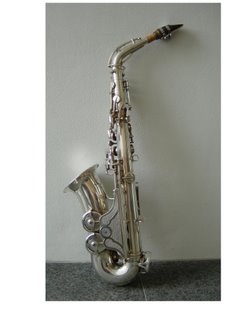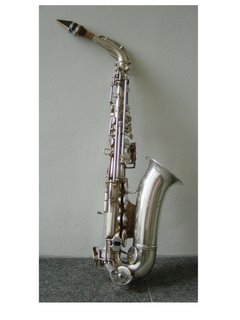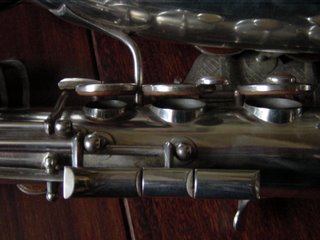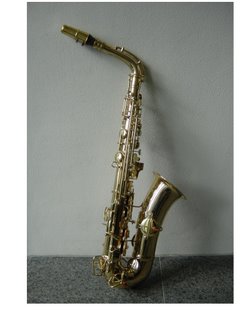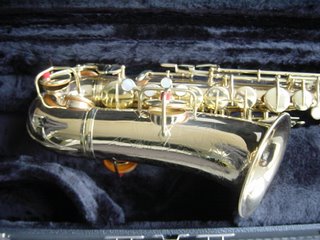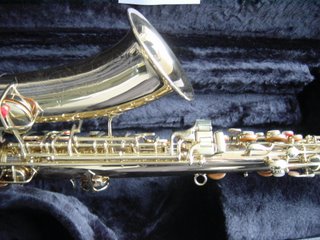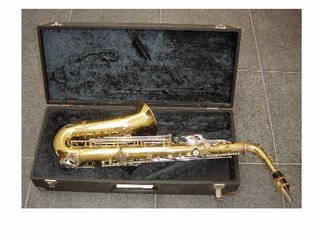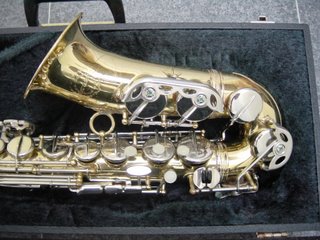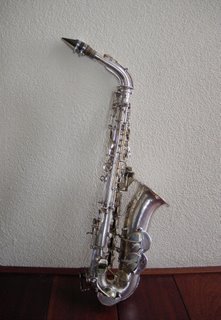Bizel / B& S / Paul Beuscher
 As I can have had my hands on different B&S saxophones
As I can have had my hands on different B&S saxophonesI must say this instrument, being one of the earlier ones, has
a nice feel and a really smooth tone.
 Let's go back to what I found on the internet with
Let's go back to what I found on the internet withmany thanks for the author:
For those of you who havn't heard or played a B&S Sax...I reference it to a Selmer. This sax is definitely comparable feel and tone wise and can go from smoke and sultry to getting that big bore post bop Joe Henderson mean sound. It is many a players opinion that it is a better made horn than most of the Japanese made counterparts. No thin sounding metal here. Think focused centered and THICK big bore tone. Feels like a vintage horn because it is. (1970's hand crafted make)This is not to be confused with one of the recent B&S stencil models.

Look for B&S BLue Label Alto or Tenor and see what players have to say about them.
As you may know, the early blue label models are VERY rare.
B&S Blue Label circa 1975... Hand made by German craftsman.
This label can be seen on the second picture: The Bell to body construction.

These saxophones were produced in Markneukirchen (Klingenthal)
Unlike any other, the saxon region of the Vogtland looks back on over 100 years of tradition in the development and manufacturing of wind instruments. The first German saxophone was built in 1901 in Markneukirchen, and by the 1920's, they were being sold all over the world.

During the times of the old Eastern Germany (GDR), the majority of the Vogtland saxophone manufacturers were brought together to form the VEB Blechblas (Brass Blow) - und Signal - Instrumenten - Fabrik. Today, this tradition lies in the hands of Vogtlandische Musikinstrumentenfabrik GmbH, who as well as continuing the handcraft traditions, also works towards developing new and innovative ideas together with leading saxophone players and specialists from around the world, including Wolf Codera and Dave Guardala.

 As for registration numbers: One of the visitors of my blog
As for registration numbers: One of the visitors of my blogfound out that the number 9393 is said to be built in 1959.
Doubts are where it is built: In Klingenthal or Markneukirchen.
Then the instrument here above should be even older and
to be honest: I doubt that. Perhaps the cities mentioned
had their own numbering system. B & S is still in business
and you can reach them by tel: +49 (37422) 581-32
or E-mail under: virginia.weber@b-and-s.com
The registration of this instrument clearly states







